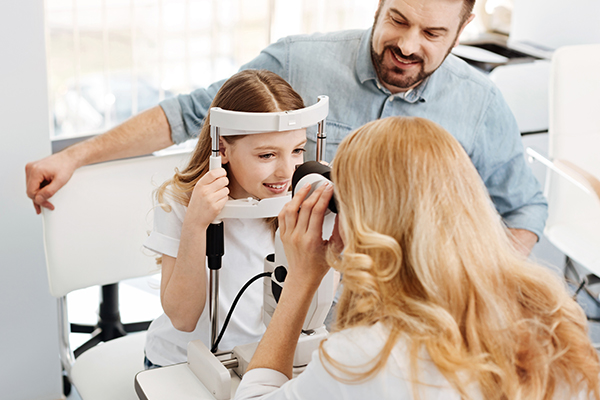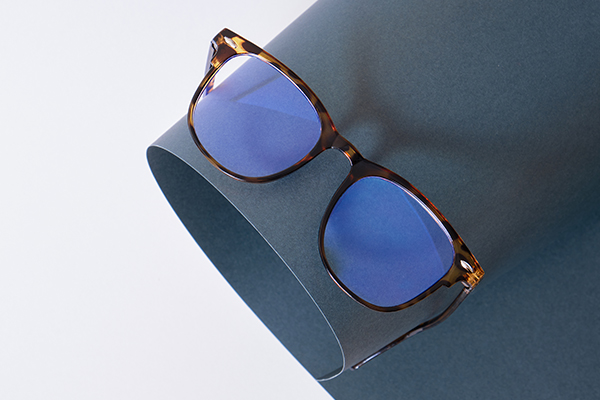Consider the cornea as the equivalent of a watch crystal in the eye. It is a clear, dome-shaped structure sitting on top of the iris. Its tissue is like wet, clear skin and is just as pliable. The cornea handles most of the eye's corrective power.
Under threat, it contributes to conditions such as myopia, hyperopia, and the blur of astigmatism. It separates the eye from the air and the rest of the outside world. It has a curvature that bends incoming light toward the back of the eye.
Orthokeratology
In the most basic terms, orthokeratology, or ortho-k, is the process of changing the cornea's shape or curvature. The goal is to adjust how light focuses on the retina. It is a revolutionary noninvasive procedure that eliminates the need for daytime corrective lenses. It is an excellent alternative to LASIK for those who do not want to undergo surgery or are not yet ready.
How Does It Work?
This treatment entails wearing specially designed contact lenses overnight while sleeping. The lenses gradually reshape the cornea, allowing the eye to focus light correctly and improve vision.
The procedure begins with a detailed eye exam and consultation with an eye doctor. The doctor will measure the shape and curvature of the cornea during the exam to determine the best lens design for the patient. These measurements are essential to creating custom lenses.
Wearers place the lenses on their eyes before going to bed at night. As they sleep, the lenses gently reshape the cornea. When they remove the lenses in the morning, their vision is temporarily better. It is important to stick to the prescribed lens-wearing schedule and care instructions that the eye doctor provides to achieve the best results.
Who Is a Good Candidate for Ortho-k?
Orthokeratology may be an appropriate treatment option for the following people:
- In people with mild to moderate myopia, it can effectively reduce or eliminate the need for corrective eyewear.
- In people with astigmatism, it can help correct the condition. People with astigmatism have an unevenly shaped cornea, resulting in distorted vision.
- For those looking for a nonsurgical option, it is a nonsurgical treatment that can be an excellent alternative to laser vision correction surgery.
- It can be a convenient option for people looking to maintain an active lifestyle since glasses or daytime contact lenses can hamper their ability to participate in many activities.
- It is ideal for people willing to follow a treatment plan since it requires the consistent and regular use of the lenses.
What Are the Risks?
Like any other treatment, orthokeratology carries some risks and potential side effects. Some of these include:
- Allergic reactions.
- Infection.
- Corneal irritation.
- Dry eye.
Ortho-k is a safe and effective treatment option for many people with vision problems. However, it is not appropriate for everyone. So, it is critical to consult an eye doctor before beginning treatment to discuss your specific vision needs and potential health concerns. Regular follow-up appointments are necessary to monitor treatment progress and make any necessary changes to the lens design or wearing schedule.
For more on orthokeratology, visit Eyes on Preston Park at our Plano, Texas, office. Call (972) 519-0006 to schedule an appointment today.












